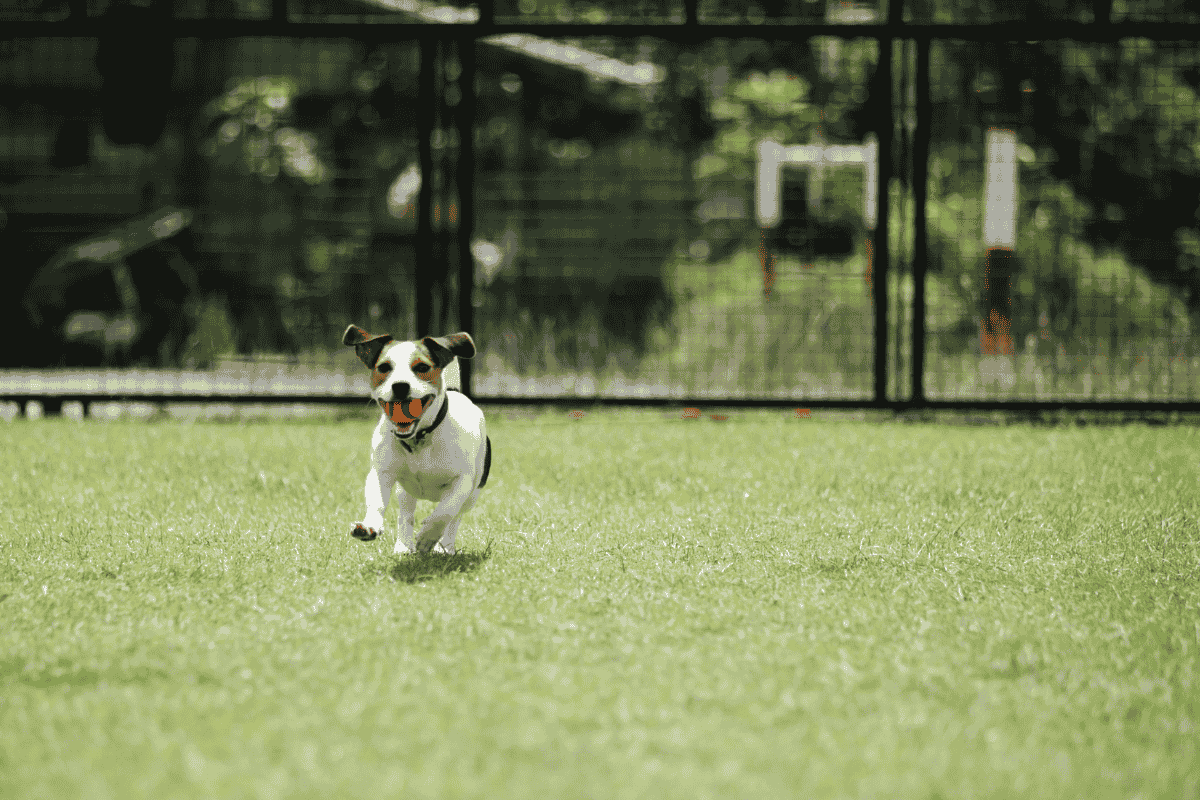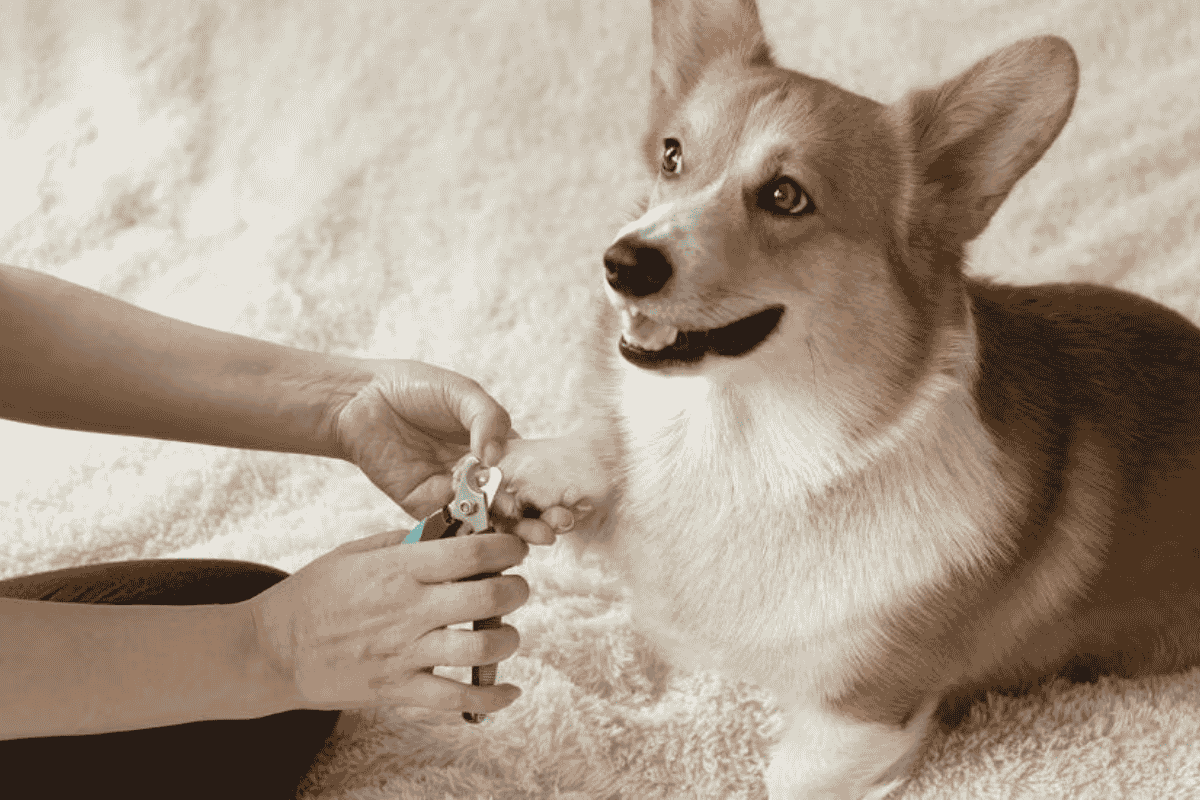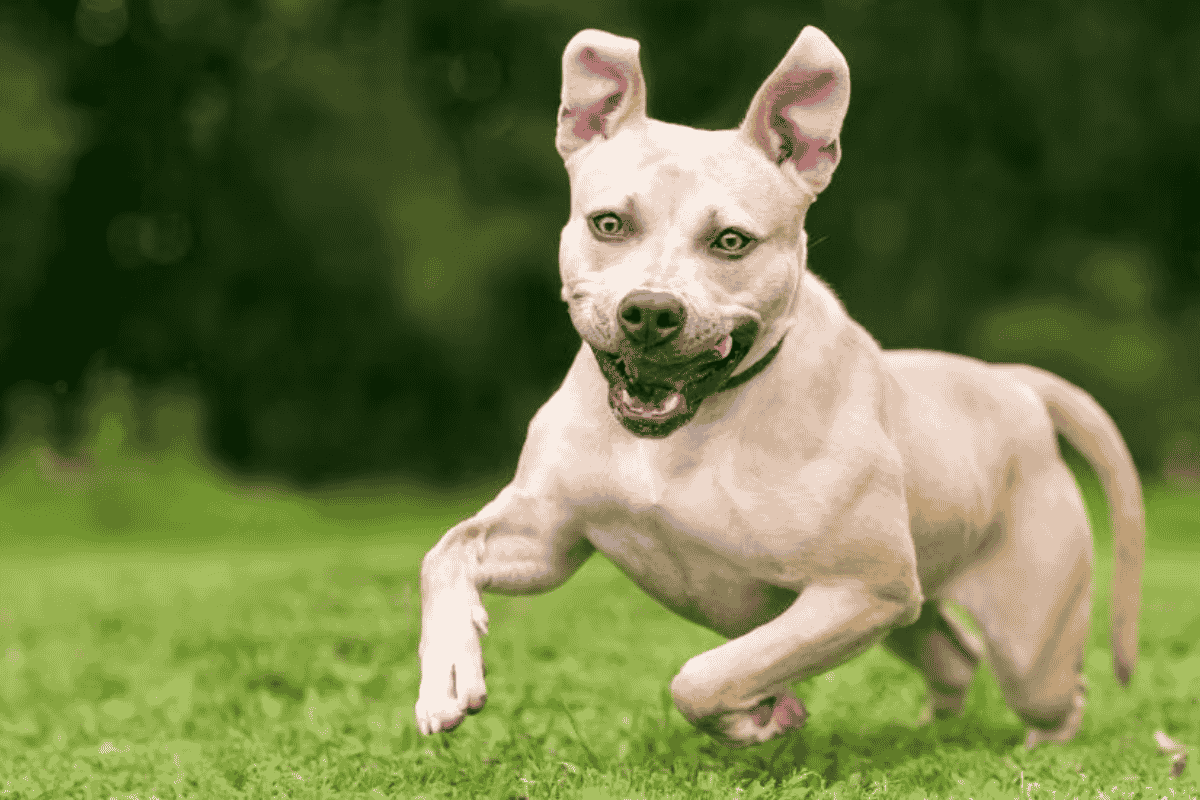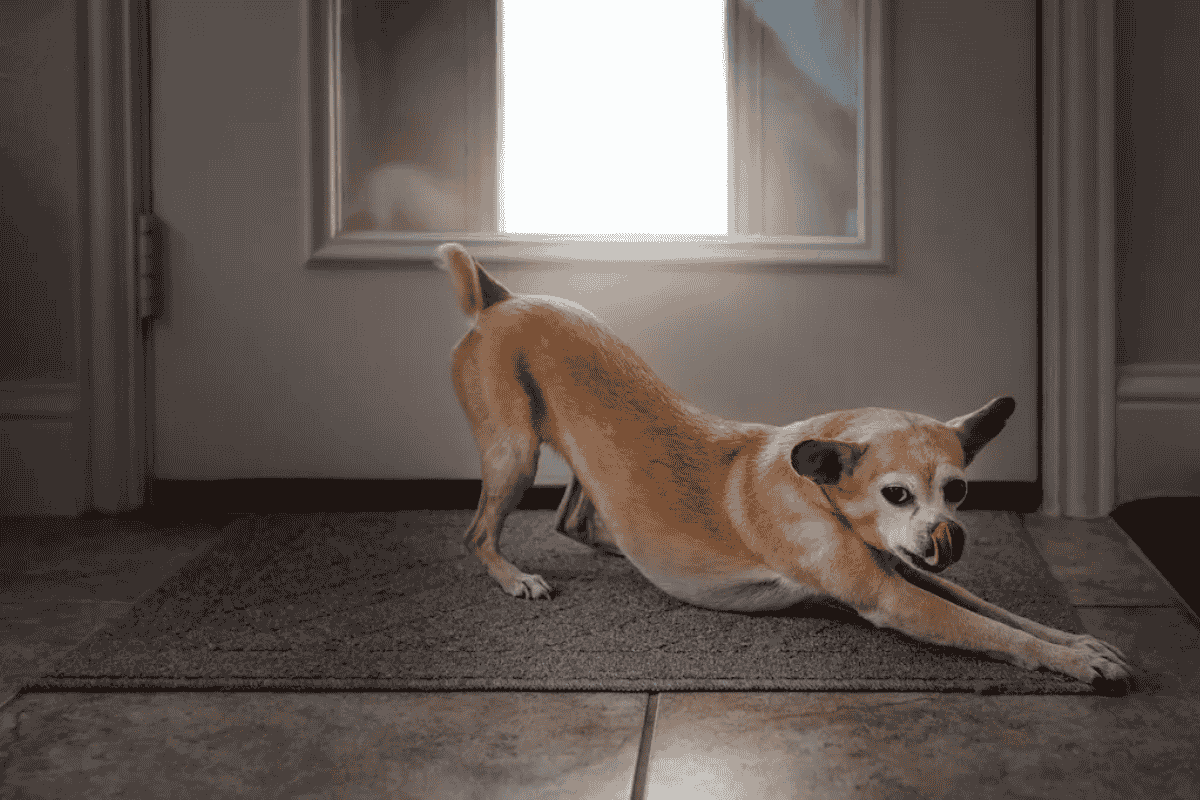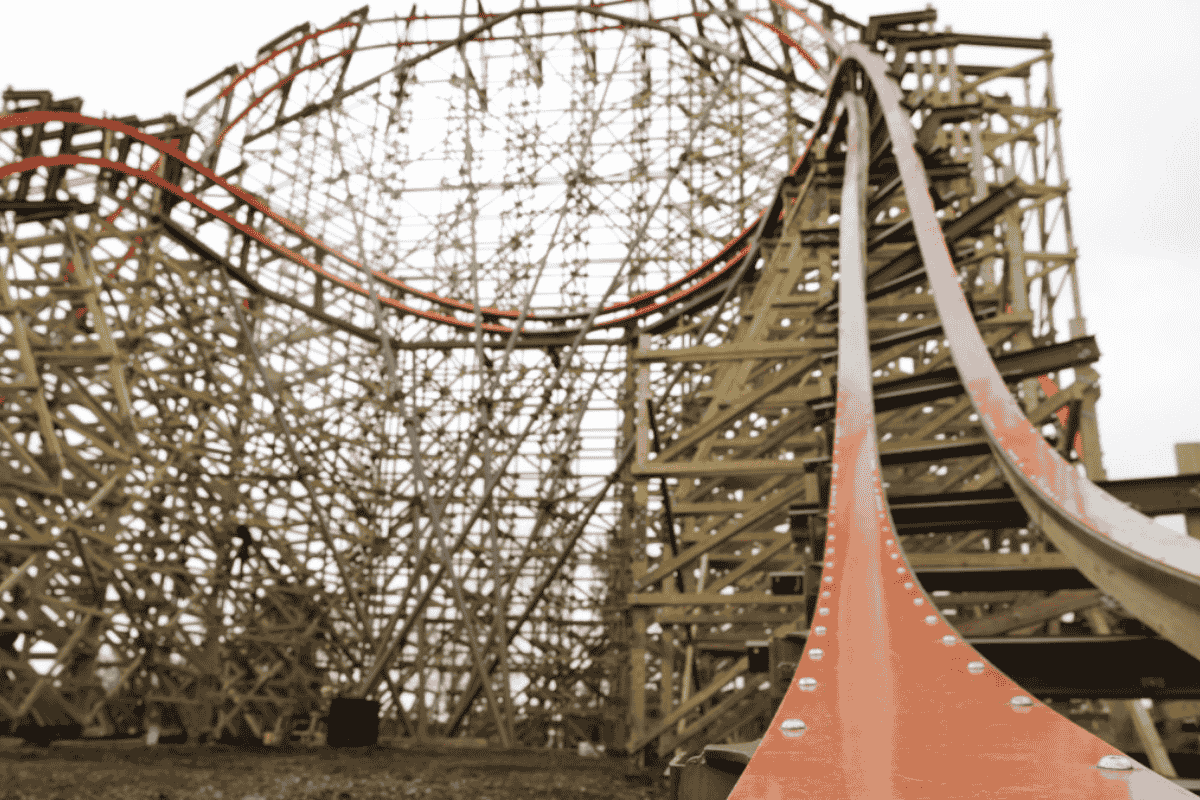Exercise is essential for a dog’s physical and mental health. It supports joint flexibility, heart health, weight management, and strengthens the bond between you and your pet.
However, pushing your dog too hard can lead to injuries, illness, or behavioral problems. Knowing the signs of overextension can help you strike the right balance.
1. Wear-and-Tear on Paw Pads
Dogs sometimes push past discomfort to keep playing. Overworked paw pads may:
- Show tears or flaps of skin
- Look red, thin, or worn down
- Become swollen or infected with pus
These injuries are painful, like walking on a ruptured blister. If your dog’s paw pads are damaged, reduce activity, clean the wounds, and protect their paws with dog boots until they heal.
2. Sore Muscles
Muscle soreness often appears after rest. Warning signs include:
- Struggling to get up after lying down
- Hesitation on stairs or furniture
- Whining when moving
Dogs with strong play drives may push through discomfort, risking more severe injuries. To avoid this, avoid “weekend warrior syndrome” by spreading exercise consistently throughout the week instead of cramming it into one or two days.
3. Heat Sickness
Overheating can quickly become life-threatening, especially in warm weather. Symptoms include:
- Excessive panting
- Dehydration
- Difficulty breathing
If body temperature rises above 106°F, heatstroke may occur. Flat-faced breeds (like Bulldogs and Pugs), very young dogs, and seniors are especially vulnerable. To prevent heat exhaustion:
- Exercise during cooler hours
- Provide water and shade
- Use cooling vests in hot climates
4. Joint Injury
High-impact or excessive exercise puts stress on a dog’s joints. Risks include:
- Sprains and strains, particularly in toes, wrists, and elbows
- Knee injuries such as meniscal tears or cruciate ligament ruptures
- Aggravated arthritis in older dogs
Certain breeds are more susceptible:
- Basset Hounds and Dachshunds: Prone to joint and back injuries
- Large-breed puppies: Too much running can harm developing joints
Always tailor exercise intensity to your dog’s age and body structure.
5. Behavioral Changes
Behavior often signals over-exercise. Watch for:
- Refusal to continue a walk or run
- Unusual fatigue or reluctance to play
- Sudden resting during activities
These changes may reflect inconsistent conditioning. A healthy exercise plan alternates cardio and strengthening with at least one rest day per week.
How Much Exercise Does My Dog Need?
The right amount of exercise depends on your dog’s age, breed, health, and lifestyle.
- High-energy breeds (like Retrievers) may thrive with vigorous exercise.
- Low-energy or brachycephalic breeds (like French Bulldogs) need lighter, shorter activities.
Intensity matters more than duration—regular walks on a leash are generally safer than high-intensity activities like running or rough play.
Creating a Safe Exercise Plan
The best way to prevent overextension is by working with your veterinarian to create a customized plan. This ensures your dog stays active, healthy, and happy without risking injury.
